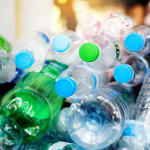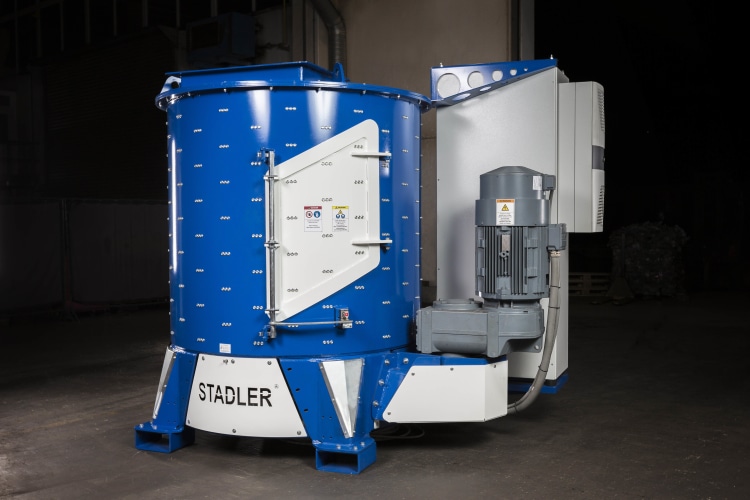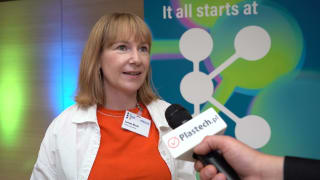
Lightweight and inexpensive, plastic is one of the world’s most used materials, but its extreme durability means that effective end-of-life management is critical. High quality recycling is therefore an indispensable solution for processing plastic waste. Recycling considerably benefits the environment, as new goods are replaced by recycled goods: it reduces demand for raw resources, requires less energy for processing, and reduces the quantity of plastic in landfill.
PET is the most recycled plastic because of its multiple advantages over other types of plastic. First of all, it is a very inert polymer, which makes PET packaging ideal for storing food, as it has virtually no interaction with the contents. It has the property of creating a barrier for oxygen and water and can be easily formed, it is highly resistant and very lightweight - perfect for beverage bottles. Also, it can be used to produce transparent bottles, which is not possible with PE or PP.
PET Recycling - a growth industry
In an industrialized affluent society, we rely on plastic. However, recycling must increase significantly. Through effective and high-quality recycling, we can move towards a circular economy approach, thus protecting nature and the environment for future generations. Recycling rates are increasing as a result of growing public awareness and greater effectiveness in recycling operations. Stadler is at the forefront of this progress, constantly searching for ways to maximize the efficiency of the recycling process and the quality of the output. It has planned and built more than 20 sorting plants for mixed plastic bottles across the world, of which more than 10 exclusively dedicated to PET.
In this context, PET recyclate is set to become increasingly important due to a variety of factors, as Roland Göggel, Sales Director for Germany, Austria and Switzerland at Stadler, explains: “Until recently there were no specifications for the use of recyclates in manufacturing new products, but this is not the case any more. The EU has introduced new regulations stipulating that beverage bottles must contain 25% recycled content by 2025 and 30% by 2030. At least as important is the appearance of new collection and recycling routes for plastic packaging, which together with changes in consumer behavior will give recycling an enormous boost. The plastics manufacturing and processing industry is now showing great interest in recycling, which was not the case in the past. However, the targets set by the EU regulation can only be achieved if all sectors involved in the process work together.”
Returning PET into the production cycle: the recycling process
The used PET bottles are collected and delivered to the recycling plant, where labels and caps are removed. The bottles are sorted by color and shredded. The material is washed, dried and decontaminated, then melted at 270oC and granulated. The resulting product, called “regranulate”, is mixed with new granulated and melted, then fed into injection moulding machines to produce “preforms” for new PET bottles. The preforms are transported to the filling plant, where they are heated and blown into PET bottles. Once cleaned and labelled, the bottles are ready for refilling and sale. The circle is closed as they begin a new life.
Environmental benefits of PET recycling
Recycling reduces the environmental impact of the PET industry in different ways. The first advantage is the reduction in the use of raw materials: new bottle preforms can be made with approximately 35% regranulate, with a consequent saving of the crude oil that would have been used to produce new granulate. In addition, recycling plastic requires 88% less energy than producing plastics from new raw materials (source: “An Overview of Plastic Recycling” by Rick Leblanc - the balance small business).
A further improvement has come through a more efficient use of materials for the preforms: “today the preform for a 1.5-litre PET bottle only weighs around 26.8 g - considerably less than the 38 g of 5 years ago,” explains Roland Göggel. “The use of regranulate and the more efficient use of materials has resulted in a 66% reduction in raw materials in the last 5 years.”
The PET industry is also optimizing transport by blowing the preforms into bottles at the filling plant, dramatically reducing the number of truck trips from the recycling plant: one truck can transport 700,000 preforms but only 15,000 finished PET bottles. The result is a significant cut in fuel use and emissions.



